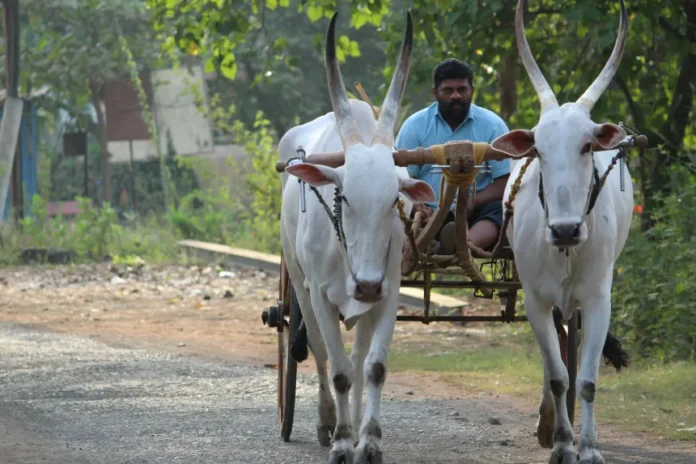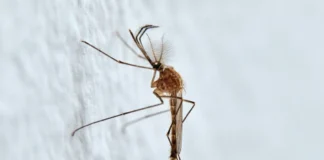On a sun-scorched plot in India’s Maharashtra state, Mirabai Khindkar mourns not just her husband, but a way of life unraveling under the weight of debt and climate catastrophe. Her husband Amol, like thousands of other farmers across the country, took his own life after repeated crop failures, a growing tragedy exacerbated by climate change.
Farmer suicides are a long-standing issue in India, but rising temperatures, erratic rainfall, and extreme weather events are worsening the crisis. Agriculture employs around 45% of India’s 1.4 billion people, yet millions of smallholder farmers are just one poor harvest away from financial ruin.
Amol Khindkar, who farmed soybeans, millet, and cotton on a three-acre plot in drought-prone Marathwada, faced a crushing debt to informal lenders after scorching heat destroyed his crops. In despair, he ingested poison last year. “When he was in the hospital, I prayed to all the gods to save him,” Mirabai recalled, her voice shaking. He died a week later, leaving her and their three children in deep financial distress.
Their story is tragically common in Marathwada, where between 2022 and 2024, nearly 3,100 farmers died by suicide, an average of almost three per day, according to Agriculture Minister Shivraj Singh Chouhan.
Last year alone, extreme weather affected 3.2 million hectares of crops across India, an area larger than Belgium, with Maharashtra bearing over 60% of the damage, according to the Centre for Science and Environment.
“Summers are extreme, and even if we do what is necessary, the yield is not enough,” said Amol’s brother, Balaji Khindkar. “There is not enough water to irrigate the fields. It doesn’t rain properly.”
Experts say the situation reflects deeper structural issues. “Farmer suicides in India are a consequence of the crisis of incomes, investment and productivity in agriculture,” said R. Ramakumar, professor of development studies at the Tata Institute of Social Sciences. Climate change, he warned, is increasing the risks for small and marginal farmers already on the brink.
While farmers often borrow heavily to improve yields with fertilizers or irrigation systems, formal banks frequently hesitate to lend, leaving many to rely on loan sharks who charge exorbitant interest. When crops fail, repayment becomes impossible.
Mirabai now works as a laborer on other farms but still cannot repay her late husband’s $8,000 debt, a devastating amount in a country where the average monthly income of a farming household is about $120. “The loan instalments piled up,” she said. “Nothing comes out of the farm.”
At a neighboring farm, 32-year-old Shaikh Imran took over after his brother’s suicide. He is already more than $1,100 in debt after another failed soybean crop. In a desperate search for water, farmers nearby detonate explosives to drill wells.
“There’s no water to drink,” said family elder Khatijabi. “Where shall we get water to irrigate the farm?”
Prime Minister Narendra Modi’s government has expanded crop insurance and rural credit programs, but critics argue more targeted climate-resilience efforts and support systems are urgently needed. “Agriculture should not be a gamble with the monsoon,” said Ramakumar.
For families like Mirabai’s, the hope now lies beyond the fields. “I want my children to find jobs outside farming,” she said quietly. “This life is too hard.”
Written By Rodney Mbua



















